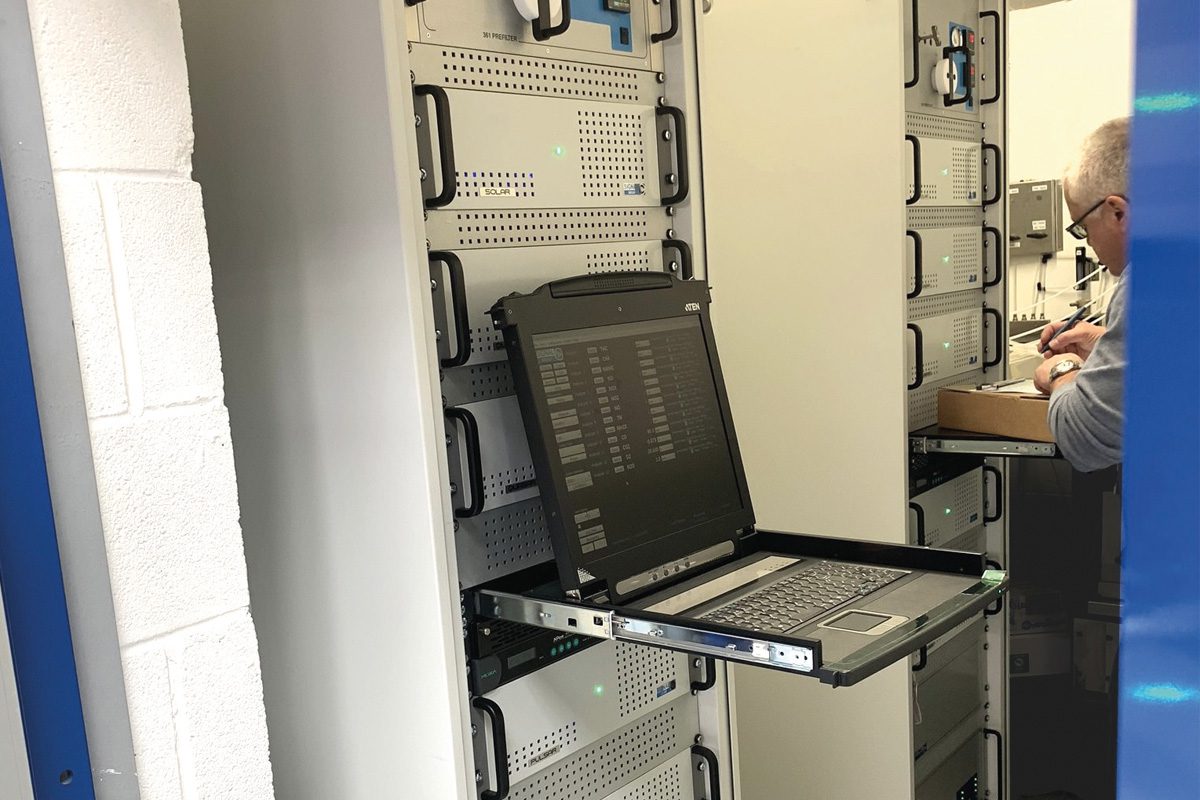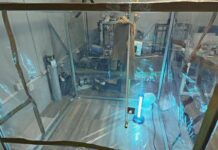Pollution can only be managed effectively if it is monitored effectively. So, as political pressure increases on measures to limit the emissions of the oxides of nitrogen, James Clements, managing director of UK analyser manufacturer Signal Group, explains the current issues and the latest advances in monitoring technology

Nitrogen and oxygen are the two main components of atmospheric air, but they do not react at ambient temperature. However, in the heat of combustion, the gases react to form nitrogen oxide (NO) and nitrogen dioxide (NO2). This is an important consideration for the manufacturers of combustion equipment because emissions of these gases (collectively known as NOx) have serious health and environmental effects, and are therefore tightly regulated.
A wide range of regulations exist to limit NOx emissions from combustion sources ranging from domestic wood burners to cars, and from industrial furnaces and generators to power stations. The developers of engines and furnaces therefore focus attention on the NOx emissions of their designs, and the operators of this equipment are generally required to undertake emissions monitoring to demonstrate regulatory compliance.
The role of monitoring in NOx reduction
NOx emissions can be reduced by: reducing peak combustion temperature, reducing residence time at the peak temperature, chemical reduction of NOx during the combustion process, and/or reducing nitrogen in the combustion process.
These primary NOx reduction methods frequently involve extra cost or lower combustion efficiency, so NOx measurements are essential for the optimisation of engine/boiler efficiency. Secondary NOx reduction measures are possible by either chemical reduction or sorption/neutralisation. Naturally, the effects of these measures also require accurate emissions monitoring and control.

Choosing a NOx analyser
In practice, the main methods employed for the measurement of NOx are infrared, chemiluminescence and electrochemical. However, emissions monitoring standards are mostly performance based, so users need to select analysers that are able to demonstrate the required performance specification.
Infrared analysers measure the absorption of an emitted infrared light source through a gas sample. In Signal’s PULSAR range, Gas Filter Correlation technology enables the measurement of just the gas or gases of interest, with negligible interference from other gases and water vapour. Alternatively, FTIR enables the simultaneous speciation of many different species, including NO and NO2, but it is costly and in common with other infrared methods, is significantly less sensitive than CLD.
Electrochemical sensors are low cost and generally offer lower levels of performance. Gas diffuses into the sensor where it is oxidised or reduced, which results in a current that is limited by diffusion, so the output from these sensors is proportional to the gas concentration. However, users should take into consideration potential cross-sensitivities, as well as rigorous calibration requirements and limited sensor longevity.
The chemiluminescence detector (CLD) method of measuring NO is based on the use of a controlled amount of ozone (O3) coming into contact with the sample containing NO inside a light sealed chamber. This chamber has a photomultiplier fitted so that it measures the photons given off by the reaction that takes place between NO and O3.
NO is oxidised by the O3 to become NO2 and photons are released as a part of the reaction. This chemiluminescence only occurs with NO, so in order to measure NO2 it is necessary to first convert it to NO. The NO2 value is added to the NO reading and this is equates to the NOx value.
Most of the oxides of nitrogen coming directly from combustion processes are NO, but much of it is further oxidised to NO2 as the NO mixes with air (which is 20.9% Oxygen). For regulatory monitoring, NO2 is generally the required measurement parameter, but for combustion research and development NOx is the common measurand. Consequently, chemiluminescence is the preferred measurement method for development engineers at manufacturer laboratories working on new technologies to reduce NOx emissions in the combustion of fossil fuels. For regulatory compliance monitoring, NDIR (Non-Dispersive Infrared) is more commonly employed.
Typical applications for CLD analysers therefore include the development and manufacture of gas turbines, large stationary diesel engines, large combustion plant process boilers, domestic gas water heaters and gas-fired factory space heaters, as well as combustion research, catalyst efficiency, NOx reduction, bus engine retrofits, truck NOx selective catalytic reduction development and any other manufacturing process which burns fossil fuels.
These applications require better accuracy than regulatory compliance because savings in the choice of analyser are negligible in comparison with the market benefits of developing engines and furnaces with superior efficiency and better, cleaner emissions.
Signal Group always offers non-heated, non-vacuum CLD analysers for combined cycle gas turbine (CCGT) power stations because these stations emit lower than average NOx levels. NDIR analysers typically have a range of 100ppm whereas CLD analysers are much more sensitive, with a lower range of 10ppm. Combustion processes operating with de-NOX equipment will need this superior level of sensitivity.
There is a high proportion of NO2 in the emissions of CCGT plants because they run with high levels of air in the combustion process, so it is necessary to convert NO2 to NO prior to analysis. Most CLD analysers are supplied with converters, but NDIR analysers are not so these are normally installed separately when NDIR is used.
In the USA, permitted levels for NOx are low, and many plants employ de-NOx equipment, so CLD analysers are often preferred. In Europe, the permitted levels are coming down, but there are fewer CCGT Large Plant operators, and in other markets such as India and China, permitted NOx emissions are significantly higher and NDIR is therefore more commonly employed.
In England, the EA requires continuous emissions monitors (CEMS) to have a range no more than 2.5 times the permitted NOx level, so as a manufacturer of both CLD and NDIR analysers, this can be a determining factor for Signal Group when deciding which analysers to recommend. The UK has a large number of CCGT power plants in operation and Signal Group has a high number of installed CEMS at these sites, but very few new plants have been built in recent years.
New NOx analysis technology
Signal Group recently announced the launch of the QUASAR Series IV gas analysers which employ CLD for the continuous measurement of NOx, Nitric Oxide, Nitrogen Dioxide or Ammonia in applications such as engine emissions, combustion studies, process monitoring, CEMS and gas production.
The QUASAR instruments exploit the advantages of heated vacuum chemiluminescence, offering higher sensitivity with minimal quenching effects, and a heated reaction chamber that facilitates the processing of hot, wet sample gases without condensation. Signal’s vacuum technology improves the signal to noise ratio, and a fast response time makes it ideal for real-time reporting applications.






